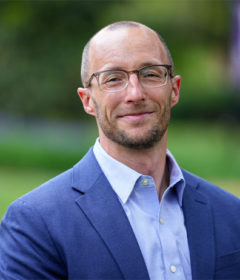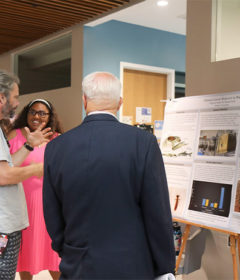‘The Architecture of the Holocaust’
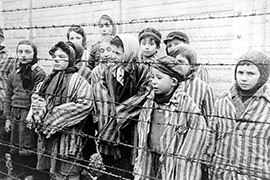
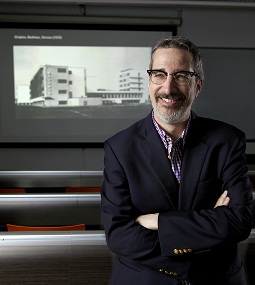
When art historian Paul Jaskot began studying the Holocaust, he was surprised by how little had been written about the art of the Nazis.
“If you look at how art historians think about the Holocaust, they naturally tend to talk about the famous artists who were in exile …,” said Jaskot, Ph.D., a professor of the history of art and architecture at DePaul University in Chicago. “They also talk about post-war representations because those are the generation that’s mourning the victims, as well as thinking about, ‘Never Again.’ That very important message.”
But one thing that was missing, he said, was a focus on the art and architecture of the perpetrators – the Nazis who killed an estimated 6 million Jews, including 1.5 million children.
He will talk about his research in “The Architecture of the Holocaust,” at the 10th anniversary Bernard Weiner Memorial Holocaust Lecture on Thursday, April 6, at 7 p.m. The lecture is free and open to the public in Rinker Auditorium inside the Lynn Business Center, 345 N. Woodland Blvd., on Stetson’s DeLand campus. Cultural credit is available.
“The perpetrators themselves, however grotesque it may be, they had a cultural agenda,” he said by phone from Chicago. “They went to the big art schools. … And yet we don’t know who they are, and they were so crucial to the death of thousands of people and the process of killing millions that I just felt this was something we were overlooking.”
Jaskot earned a Ph.D. in art history from Northwestern University and has written several books, including “The Architecture of Oppression: The SS, Forced Labor and the Nazi Monumental Building Economy” (London: Routledge, 2000).
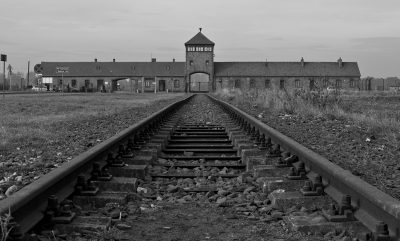
He studied documents, for example, that revealed how the Nazis planned the construction of the death camps with forced inmate labor. Camps were often built haphazardly, which surprised him, he said, given the Germans’ orderly and systematic approach to genocide.
Prisoner areas in the camps followed rigid institutional plans. But the homes and buildings for the German guards and officers were built with high-quality materials and aesthetic treatments, he said.
The houses for the SS guards were constructed by prison laborers on curved streets with stone foundations and designs that replicated the garden city planning found in German towns. Prisoners also were forced to build saunas and recreational facilities for the German guards and officers to relax, Jaskot said.
“The SS guards would go home at night. They would have houses and they would have parties and they would collect artworks,” he said. “That was part of the normal life in their extreme life of violence. There’s a connection between these two and for me, looking at it from an architecture point of view, helps me to see that connection.”
For Jaskot, the perpetrators have a story to tell, and so do the victims – the Jewish men and women who were forced to build the camps without proper nutrition, rest and clothing, and who have provided testimonies about their experiences through survivor accounts. Providing stories from both sides of the Holocaust gives an “integrated history,” a term taken from a researcher at UCLA, Jaskot said.

Jaskot is also among a cutting edge of historians who in the past 15 to 20 years have begun studying the history of spaces, such as what happened to the Jewish quarters in some towns, what influenced the design of public memorials, and why some memorials were replaced over time, said Stetson history Professor Eric Kurlander, Ph.D. The history of those spaces can provide important social and cultural insights.
“It’s part of a new way of looking at history,” said Kurlander, co-chair of the committee at Stetson that plans the annual Bernard Weiner Lecture Series.
The Weiner Lecture Series was established by Dr. Sy Weiner of DeLand to honor the life and work of his brother, the late Bernard Weiner. Bernard Weiner was a leader in the development of Holocaust curricula for New York state schools and was one of the founders of the Rockland Center for Holocaust Studies, now the Holocaust Museum and Study Center, in Spring Valley, N.Y. The Bernard Weiner Lectures are presented annually to explore a variety of issues related to the Holocaust.
-Cory Lancaster

